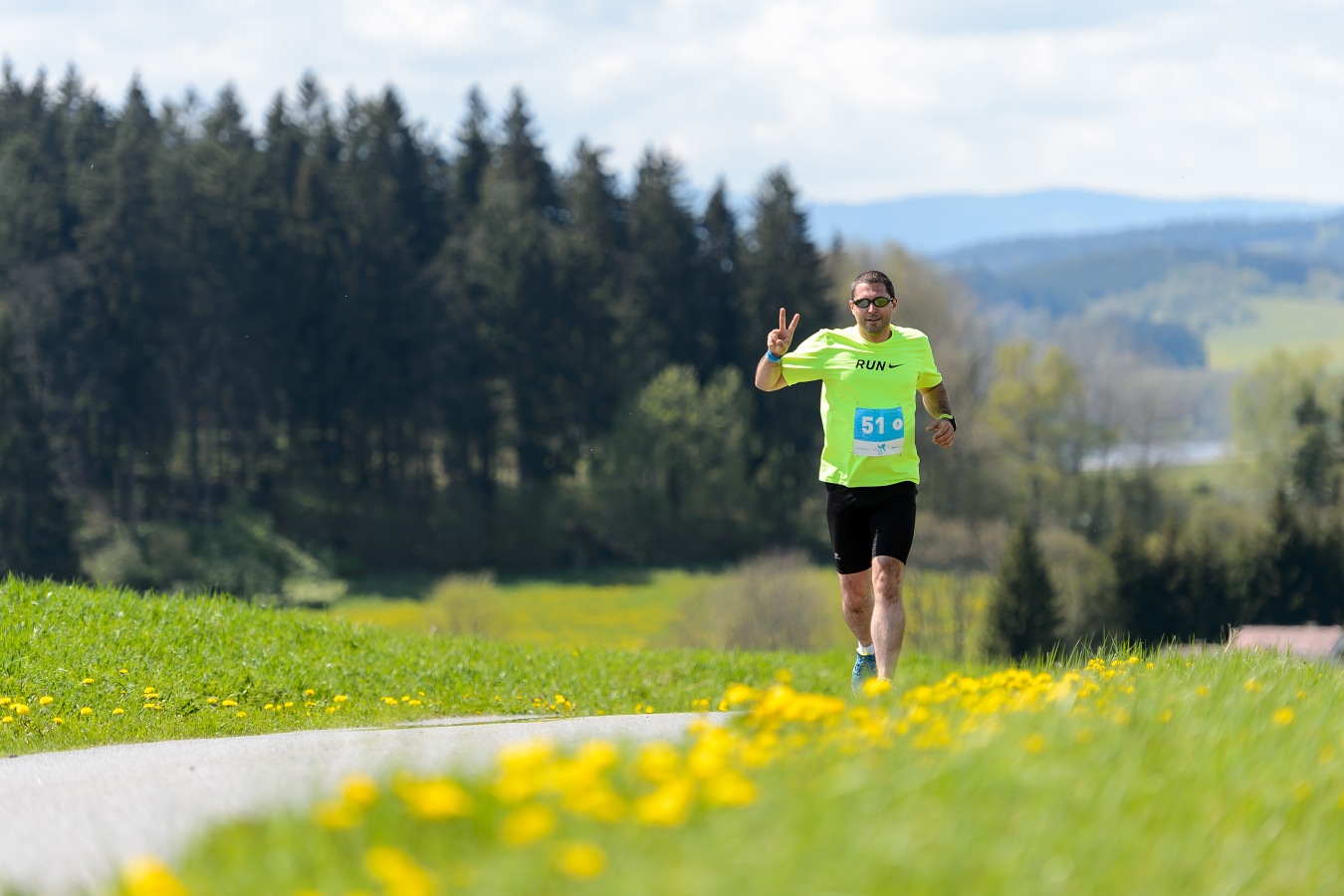How to correctly breathe when running and how to avoid side stitches
Whether you’re a beginner or a veteran who still remembers your first runs, we all know that feeling. That unpleasant stabbing or gripping pain in your side that forces you to stop and catch your breath.
We will help you choose a shoe just for you in a few steps

In our physical education lessons, we used to run up the hill behind the school twice a year to select several fit guys for the coming races and side stitches always eliminated at least half of us. I thought this was no longer my problem, with all the running I’d one all those years. However, when you think you’ve mastered something in your life, you’re bound to find out that the exact opposite is true.
It happened last spring. During a race, of course. I ran the first ten kilometres a bit faster than planned, but my legs were fast and I know very well that I can only gain the advantage during the first half of the race, never during the second half. And then it came… At the 12th kilometre an awful pain – side stitches. I tried to overcome them for a moment, but then had to stop. What a shocker! How could such a thing be happening to me? I slowly jogged to the finish, thinking about why it happened and what caused it. And I couldn’t stop thinking about it, even long after crossing the finish line.
There are several theories on what causes side stitches. From rather bizarre ones about stinging in the liver that don’t really explain why it hurts on the other side as well, to others trying to blame lactate. However, the opinions that blame an incorrect breathing technique and wrong coordination of muscles in the chest, diaphragm, and abdomen and following cramp pains are quite likely true.
We will help you choose a shoe just for you in a few steps

Strangely enough, not much has been written about breathing techniques. And when people cease to believe that everybody can run naturally and start gathering information on the Internet, in books or at group training sessions, they usually cover taking off and landing, nutrition, stretching and relaxing, but they often omit breathing techniques… I was ashamed to realize that I’d never actually been interested in them myself, especially given their importance. And when you think about it, even an excellent high-performance engine will work only in a limited way when it doesn’t get enough fuel. In order to explain how to provide your body with oxygen during running, let’s first take a closer look at the anatomy of the chest and the physiology of breathing.
We’ve all studied it, but let’s just briefly sum it up anyway. Air enters the body through the oral and nasal cavities and continues through the upper and lower airways to the lungs where it is absorbed into the blood. It is driven into the lungs by underpressure. When you inhale, the breathing muscles extend the volume of your chest cavity, creating an underpressure between its wall and the lungs. The lungs then expand and transferring the underpressure to them, drawing the air in. Mainly your diaphragm and intercostal muscles take care of this. When you exhale, your diaphragm arches upwards, and when you inhale it flattens to push bodily organs down “into the abdomen”. On the other hand, the intercostal muscles lift individual ribs upwards. Which muscles are predominantly used for breathing determines if the breathing is diaphragmatic or chest. It’s important to learn how to breathe using your diaphragm, as it’s the most important and strongest breathing muscle. This type of breathing is therefore the best and most efficient way to get enough oxygen into your body. How to learn this?
Inhale
Exhale
At school we were told that your heart works as a muscle from birth to death. Though it doesn’t get mentioned as often, your diaphragm is the same way. And just like any muscle, it can get weaker or stronger, depending on what you do with it. It’s not good to start practising diaphragmatic breathing when running; instead, try it at home or simply when not busy, as for most of us it’s a completely new thing when you need to think about how to coordinate your muscles and breathing. I’ve found out that the best way to practise is when you’re lying down, just like this:
Lie down on your back, for example in your bed or even on the floor. Bend your knees to loosen your abdominal wall, place one of your palms on your chest and the other on your abdomen. Now, concentrate solely on breathing and your palms. When inhaling, try not to use your chest so that your palm doesn’t move. Instead, try to push with your abdomen against the other palm. Repeat this every day, for example five minutes before going to bed. Gradually shift to practising while sitting, during the day, and eventually when walking and running. Running is the last and hardest step, because you need to coordinate the movements of your body and correct breathing. It took me around two weeks to switch like this and I can say I haven’t had any troubles of this kind ever since. In the beginning, your abdomen rising like that may not look too sexy to you, but you’ll get used to it. And it’s something very much worth learning.
Jan Přáda, former sprinter for AC Start Karlovy Vary, currently a half-marathon and marathon runner and doctor at the General University Hospital in Prague
We will help you choose a shoe just for you in a few steps














